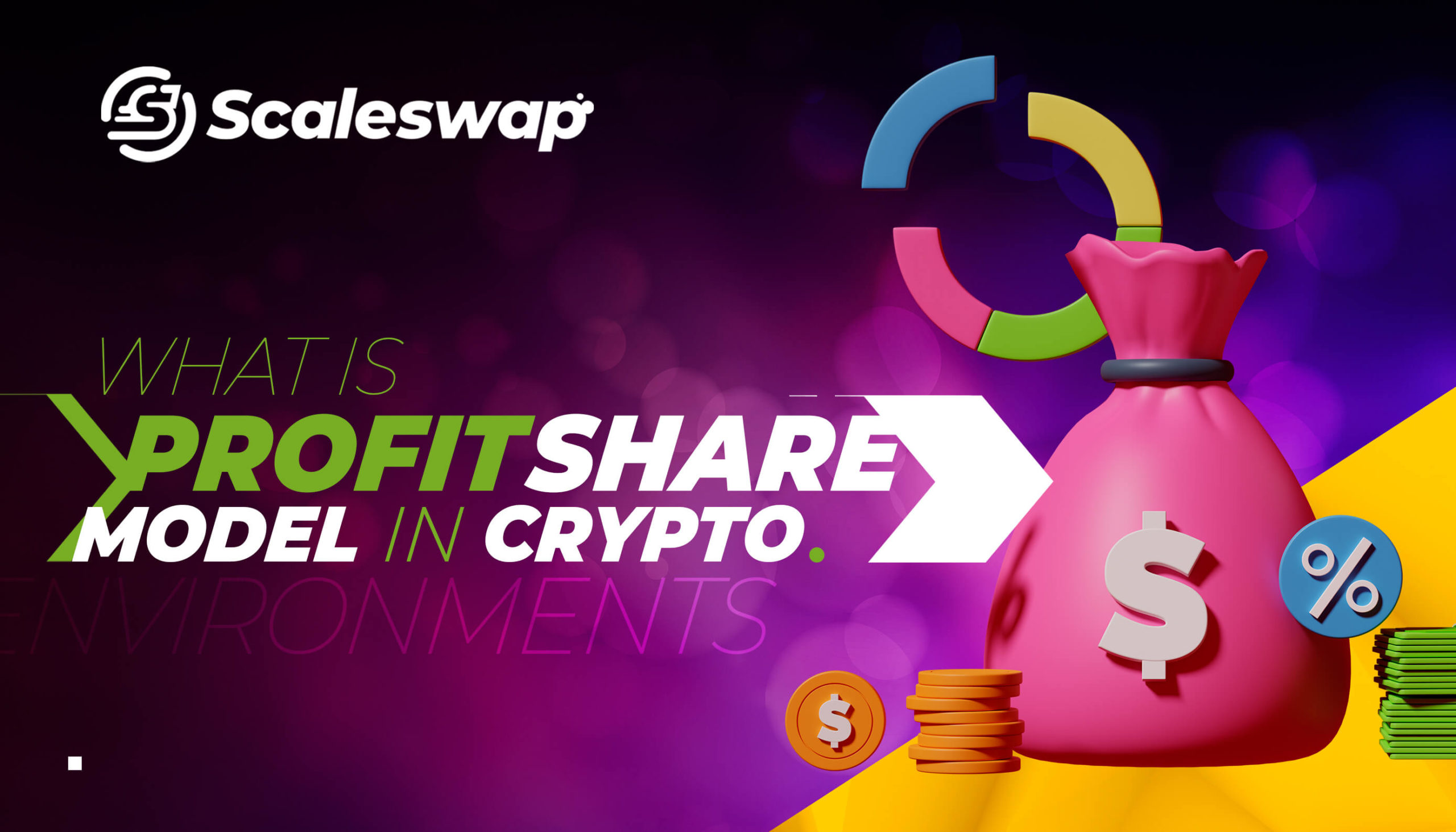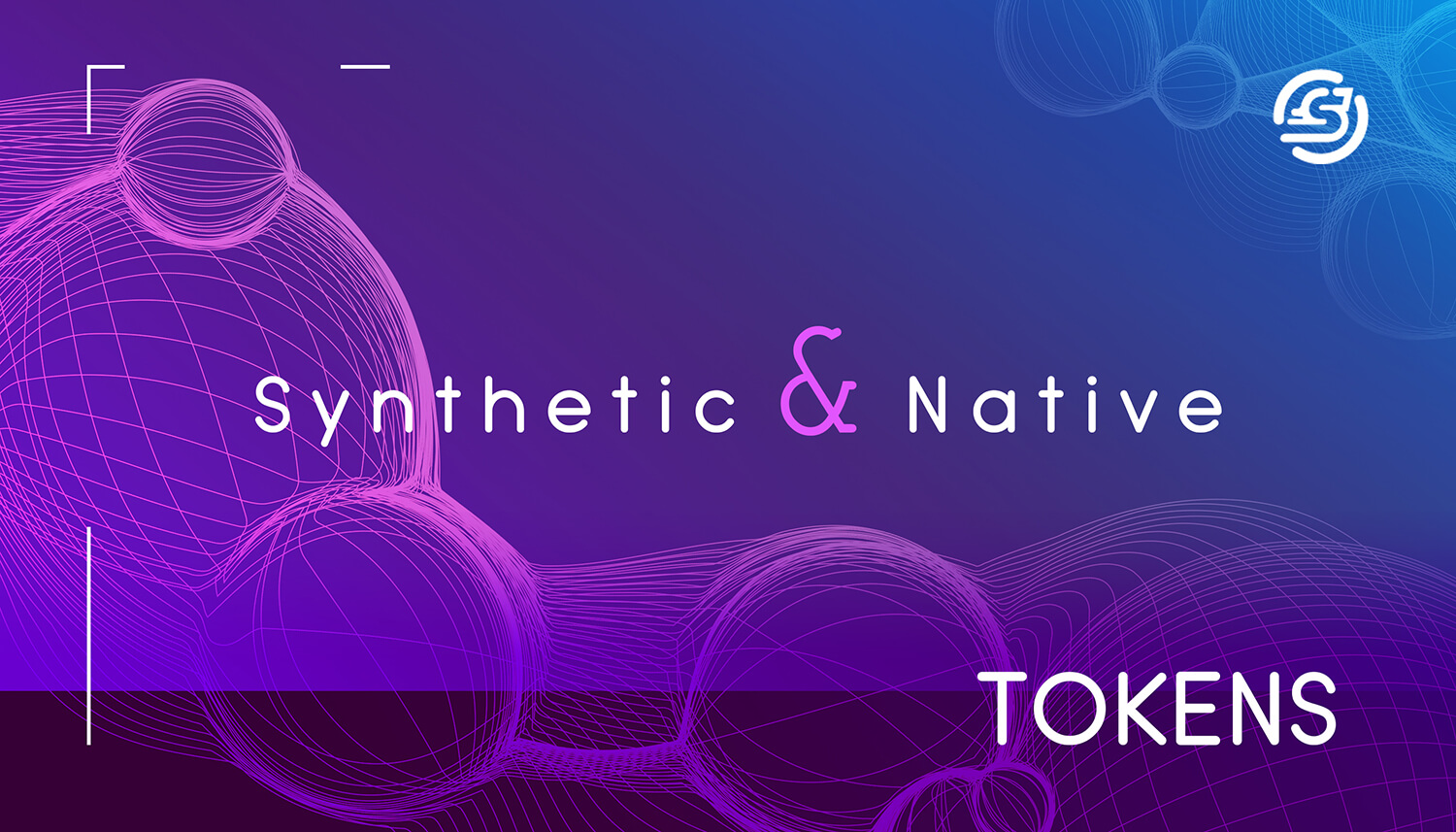What is?
The profit-sharing model for crypto is an incentive model where token holders of a project gain profits or rewards just for holding the token. The profits for these tokens come from generated revenue from the project itself. Holders of the project are incentivized to hold the token which helps retain liquidity for the projects, while the team is incentivised to perform and generate profits.
The profit sharing model has massive implications for crypto as until now team members and token holders generally work independently with each other and long term funding has always been questionable. Up until now, projects have had a limited percentage of tokens reserved for team members and have a smaller incentive to work after their salary allocation depletes.
Benefits
Creating profit-sharing within a project encourages all parties to be rewarded when the project succeeds. Some projects are now implementing this model with their tokens and some are allowsing current projects to integrate this into their system – even if they don’t have it to begin with benefits.
Success case
GT-Protocol is a project that is currently creating profit sharing models that any project can integrate into their ecosystem.
The GT-Protocol works by letting projects deploy a series of smart contracts that create a DeFi pool. This pool helps to collect funds from contributors to share among other involved parties. GT-Protocol also aids in liquidity management in this way and funds are highly secured on a smart contract. Not only does the GT-Protocol aid in profit sharing but also has numerous benefits as well, including a social copy trading protocol for DEX and CEX, a DAO governance integration, and a native GTP token that is used for the ecosystem.
To see more about how the profit-sharing model works with crypto projects and how GT-Protocol can integrate DeFI smart contracts, check out their website and pitch deck.


 Scalescore
Scalescore







